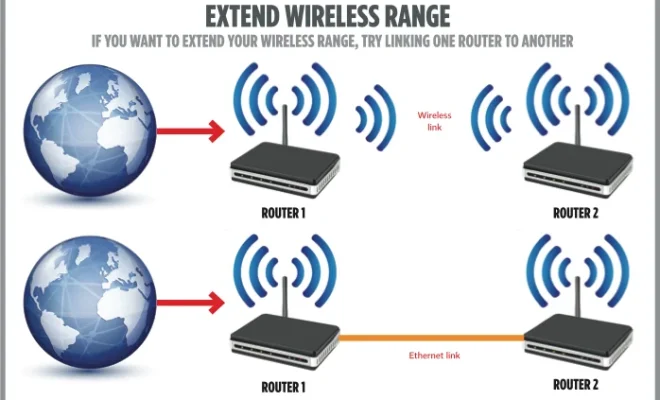What Is a Virus Signature?

A virus signature refers to a unique pattern or code that allows an antivirus software to identify a specific type of malware or virus. These signatures or codes act as fingerprints that help the antivirus programs to detect and remove malicious programs from your computer.
Antivirus software has become a crucial part of modern computer use. They help to protect the computer from various cyber-attacks, including viruses, worms, malware, and Trojan horses. Antiviruses use different methods to identify and eliminate these malicious programs, and one of such ways is using a virus signature.
A virus signature is created by analyzing the code structure of previously identified viruses and malware. By analyzing the code, antivirus vendors can determine unique characteristics and specific patterns of a given malware. These patterns are then stored as a signature in a database, which the antivirus software uses to scan for the presence of such malware on the user’s computer.
When an antivirus scans a file or software on your computer, it checks the file against the database of virus signatures. If the software contains the same code pattern of a known virus or malware, the antivirus software flags it as malicious and either removes it or quarantines it, depending on the level of threat it poses.
While virus signatures have played a crucial role in detecting and neutralizing known malware, they are not foolproof. Since the viruses’ codes and attack methods are continually evolving, the antivirus software must regularly update their databases with new virus signatures and detection methods to keep up with new threats.
Another challenge with virus signatures is that some malware can evade detection by specifically targeting antivirus programs. Such malware can change their code pattern, making it difficult for antivirus software to identify them. In such cases, it is essential to have additional security measures in place, such as firewalls, intrusion prevention systems, and behavior-based detection to complement the virus signature-based detection.
In conclusion, virus signatures are a critical component of antivirus software. They allow the software to detect and eliminate known malware and viruses from your computer. That said, they are not 100% perfect, and additional security measures are necessary to protect against emerging threats. Thus, it is important to have an up-to-date antivirus program installed on your computer and to regularly update your computer’s security measures.






